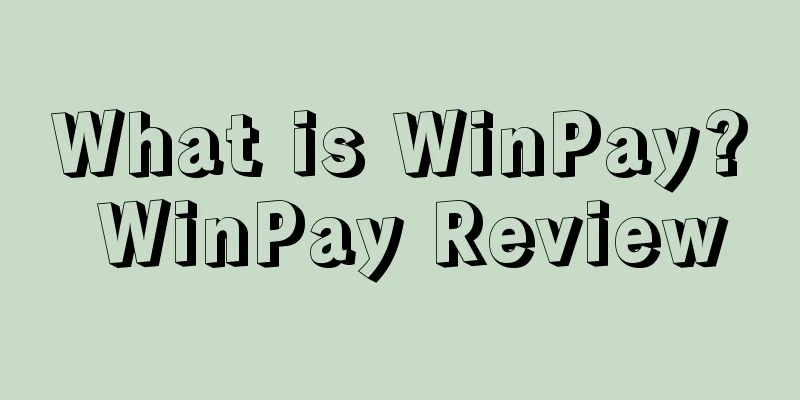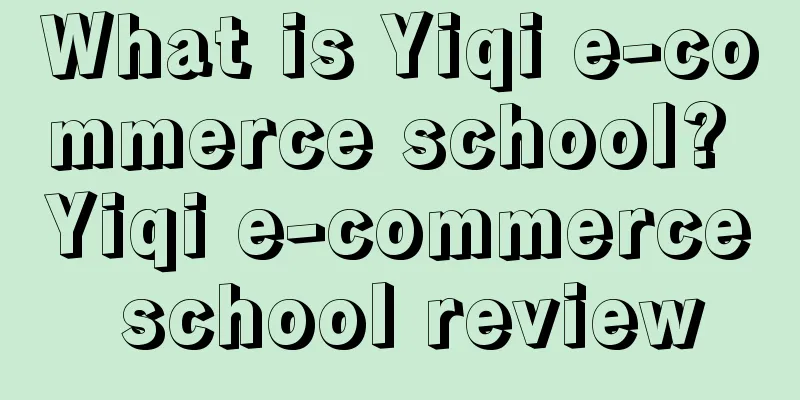What is Hollar? Hollar Review

|
Hollar is an American e-commerce platform that sells a variety of household items and personal items. It was launched by David Yeom and other founders in 2015. Because of its high quality and low prices, it is known as the "online dollar store." About Hollar Hollar's biggest feature is its ultra-low prices, with most products priced at around $2. In the first 10 months after the company was founded, all products were priced below $5, but later it gradually introduced $10 products and sold toys and gifts of better quality. Hollar has tens of thousands of products, from necessities to impulse purchases, and thanks to the simple U/X, it's easy to browse product pages. Most of the brands on Hollar are well-known (Huggies, Jergens, Febreze, Pop-Tarts), but there are also some niche brands, such as Zing, Num Noms, Bolis Ice Pops, etc. Many of Hollar's products are clearance products, so OPI nail polish is real OPI brand, and Oreo cookies are real Oreos. Hollar sells beauty brands including Revlon and L'Oreal, and snack brands such as Cheerios and Kraft Mac and Cheese. The website's $1 pregnancy test kit is the same as the one in Walgreens, which is FDA-approved. Hollar’s homepage features dozens of best-selling and popular items, enticing consumers to scroll through the page to find items they “like,” in a format that looks a bit like Pinterest. Hollar's typical customers are women, especially those with children between the ages of 25 and 34. Unlike the target customers of most retail startups, these customers are not wealthy Americans. They live in suburbs or rural areas and have lower-middle incomes. 80% of Hollar's customers are mobile users, half from the app and half from the mobile website, and 80% of orders come from outside California and New York. Background David Yeom, founder and CEO of Hollar, grew up in East Los Angeles and often spent weekends shopping at discount stores with his mother. As he grew up, he missed the feeling of finding something he liked among thousands of products, so he decided to start a dollar store online. So in early 2015, Yeom found John Um and several other co-founders. In the initial concept stage, the co-founders had planned to name the project "hollar dollar". They mainly purchased large quantities of inventory from Chinese manufacturers (and some American companies). In November 2015, they simplified the name of the project to Hollar and established their headquarters in Kommers, California, near Los Angeles. The location is strategic: close to the Port of Long Beach and the Port of Los Angeles, Hollar can access a large number of clearance items, and whenever a large retailer has an excess of spot seasonal items or cancels an order, Hollar can buy them at a low price. In order to make a profit, the company set a minimum order amount of $10 to prevent losses due to small orders; free shipping is available for orders over $25. Six months after its establishment, Hollar's monthly sales reached $1 million. Tips for Success 1. Precision Marketing (1) From the very beginning, David positioned Hollar's target audience at young mothers born in the 1980s and 1990s. On the one hand, this was because he had run an e-commerce platform for women in the past and had more experience in this area; on the other hand, this group was relatively young and more receptive to new things. (2) Initially, the products on Hollar were mainly low-priced children's toys, household items, and baby products. Each product started at 1 yuan and the most expensive did not exceed 10 US dollars. This was undoubtedly a huge attraction for young mothers. Since they could buy things online at a cheap price, why bother to go to a distant shopping mall in person? Even if the quality was not good, it didn't matter, it would cost only a few dollars. With this mentality, a large number of young mothers shopped on Hollar, which brought the first wave of enthusiasm for Hollar. To their surprise, the things they bought on Hollar were really reliable, cheap and of good quality. In this way, word spread from one person to ten, and from ten to a hundred, and Hollar successfully became famous. 2. Control costs (1) All physical dollar stores have one thing in common, which is to do everything possible to reduce operating costs. This is the same for Hollar and its predecessors, but Hollar is more aggressive. (2) In the process of purchasing goods, David would use his past personal relationships to get suppliers to buy goods for the company at prices lower than the market price. On the other hand, he would purchase goods from well-known brands when they were clearing out their stock, including beauty brands such as L'Oreal and OPI, as well as snack brands such as Oreo cookies and Cheerios. In terms of profitability, Hollar set a rule that consumers must spend at least $10 before placing an order; when consumers spend at least $25, they would also provide free express delivery service. (3) At first glance, this kind of tough rule seems offensive, but David thinks it won’t be a problem. Because when people go to a dollar store, they always buy a lot because they think it’s cheap, and they don’t care about such small details. It turns out that David is right. According to the official data from Hollar’s backend, the average order amount per user is about $30. Obviously, consumers don’t think the $10 order limit has any impact on them. On the contrary, they will buy more things for free delivery. Financing -Since its founding, Hollar has raised a total of $17.5 million in two rounds of venture capital. -In November 2015, Hollar announced the completion of a $30 million Series B financing round, led by Kleiner Perkins Caufield & Byers, a well-known Silicon Valley venture capital firm and an early investor in e-commerce giant Amazon. Participants included Comcast Ventures, Greycroft Partners, and existing investors Lightspeed Venture Partners, Index Ventures, Forerunner Ventures and Pritzker Group. Renowned Chinese angel investor Chen Lin also participated in this round of financing. |
<<: What is Stripe? Stripe Review
>>: What is Easyorder? Easyorder Review
Recommend
The winning rate is as high as 66%! These sellers all won the Best Seller Mouse Pad!
On last week's 520 "Confession Day",...
Sellers, please note! Several new Amazon regulations will take effect in March!
Amazon has been very active recently, with various...
What are the current ways to merge reviews? Which one is relatively less risky?
There are two ways, one is to merge your own links...
Why did Amazon product sales suddenly drop?
text 1. The internal causes are as follows: 1. If...
Amazon, Apple, and Microsoft CEOs to attend White House Cybersecurity Summit!
According to foreign media reports, CEOs of severa...
Americans wait until the last minute to shop! Prediction of hot-selling categories for Valentine's Day in 2023!
According to a recent survey by RetailMeNot, an on...
Can a novice still do business on Amazon? Be careful of this big pitfall!
Preface of the Little Clone: This week’s seller s...
Can’t spy on products after BSR 100 anymore? This software can check!
Previously, if you wanted to view the top 100 to 4...
Walmart buys 4,500 electric trucks to deliver online orders! They will be put into use next year!
<span data-docs-delta="[[20,"沃尔玛购买4,500辆电动...
Amazon and Facebook ask the US government for permission to operate undersea cables
It is learned that according to foreign media repo...
Crash! The goods were missing for 90 days! The "second-hand freight forwarder" refused to compensate, and finally...
Recently, a seller exposed a certain international...
What is a payment method? Payment method review
Payment methods , in simple terms , are a way of c...
Primeday is confirmed! Amazon backend page officially announced
Let’s start today’s main text. ◆ ◆ ◆ ◆ There have...
U.S. Justice Department approves antitrust bill targeting Amazon, Google, Apple
It is learned that the U.S. Department of Justice ...
Annual Report on U.S. Home Furnishings Consumption: Insights into Growth Opportunities and Online Shopping Trends
It is learned that DigitalCommerce360 and BizrateI...









